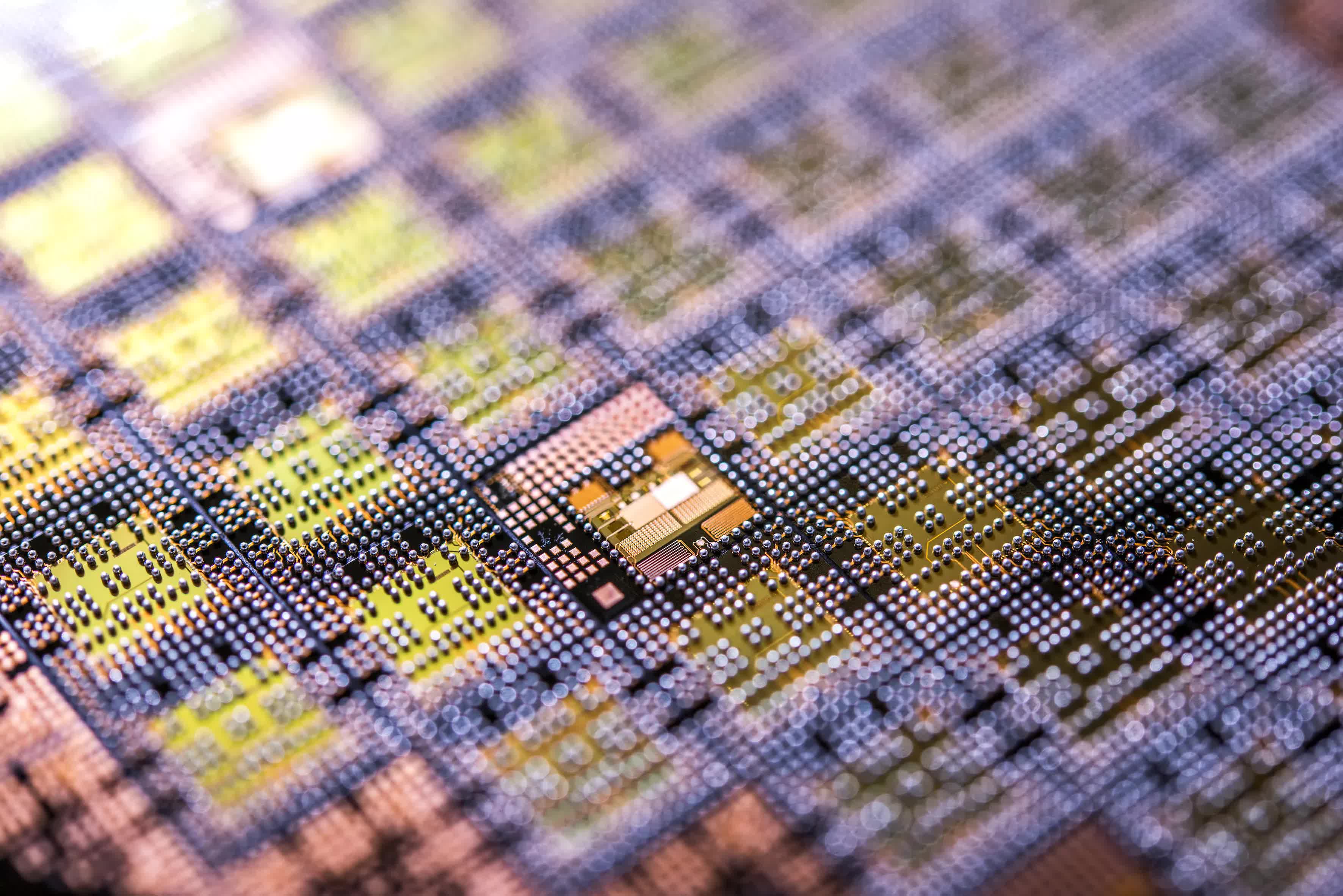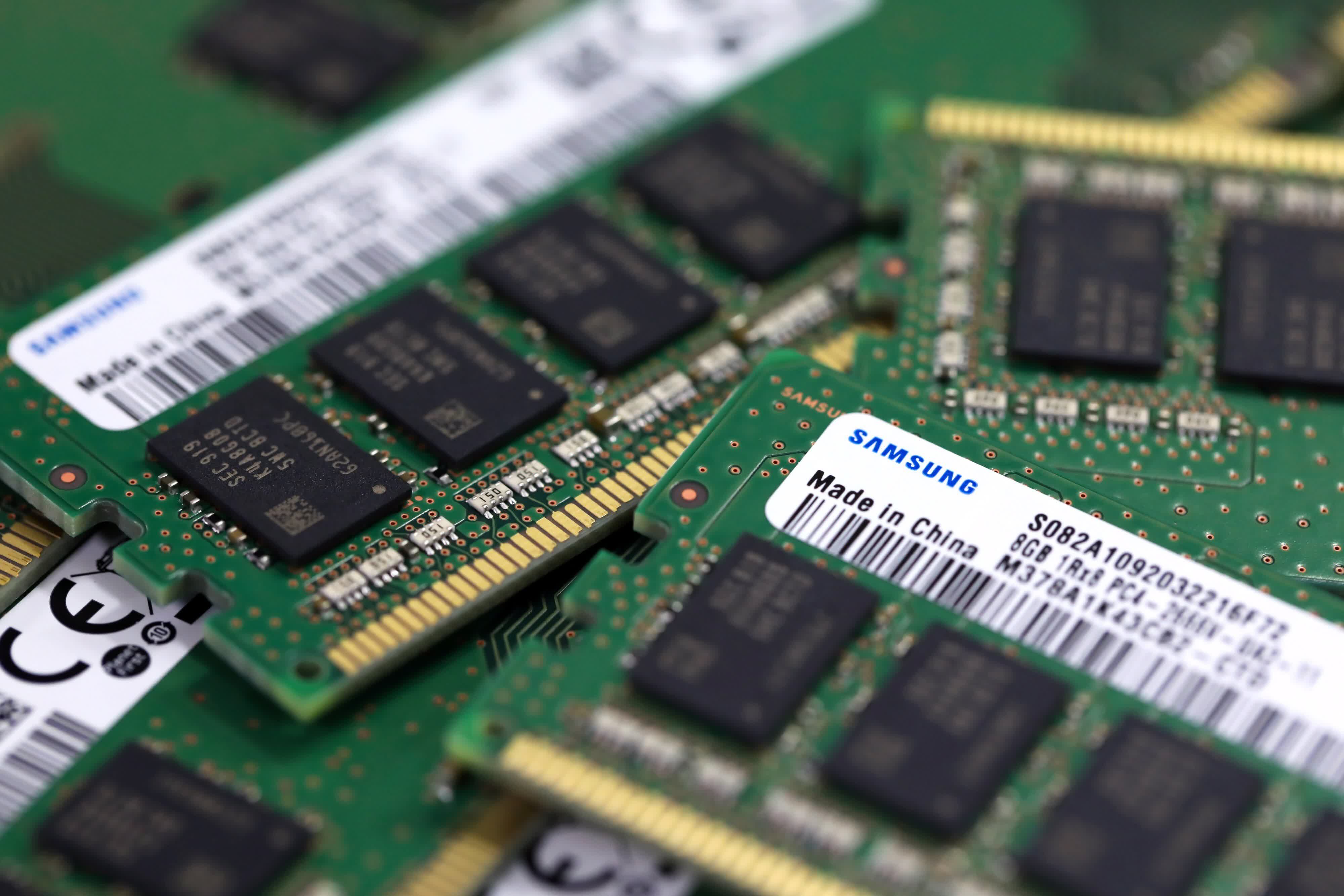In brief: DDR3 is on its way out, even though demand for it will take years to die off. Going forward, DDR3 modules will become increasingly expensive, but the good news is that DDR4 and DDR5 products are getting cheaper with every passing month.
Last year, the supply of DDR3 memory was already dwindling and profit margins remained slim, so it shouldn't surprise anyone that manufacturers are looking to phase them out in favor of newer variants like DDR4 and DDR5.
Earlier this year, Samsung and SK Hynix were the first to announce they would cease DDR3 production in the coming months, while companies like Micron and specialty DRAM manufacturers like Nanya Technology, Elite Semiconductor Memory Technology, Etron Technology, and Winbond Electronics assured their customers they would continue making more for the foreseeable future.
With demand for DDR3 waning, Samsung is reportedly cutting down production dramatically, even when compared to last year. Industry insiders believe the Korean tech giant will stop accepting new orders for DDR3 memory by the end of this year and fulfill them all by the end of 2023.

This move will mostly impact devices like routers, wireless access points, switches, modems, and set-top boxes, where manufacturers have been using relatively cheap 1GB, 2GB, and 4GB DDR3 modules for years. Some low-end laptops and tablets also integrate these modules, but they've become exceedingly rare in the past few years.
Samsung wants to nudge its customers towards DDR4 chips by offering discounts on popular capacities like 4Gb. It's too early to say if this will also result in lower prices for consumers, but the cooling down of the overall market has been putting significant downward pressure on DRAM pricing as of late.
According to market analysts at TrendForce, the industry is currently dealing with a DRAM supply glut and is desperate to get rid of excess inventory, even if it means sacrificing as much as 18 percent in terms of pricing.
For Samsung, memory sales represent more than half of its overall revenue, so it only makes sense to focus on DDR4 and DDR5 DRAM where profit margins are higher. The company's earnings grew in the first six months of 2022 and even reached a record $58.9 billion in Q2, but the trend is expected to reverse in the coming quarters.
